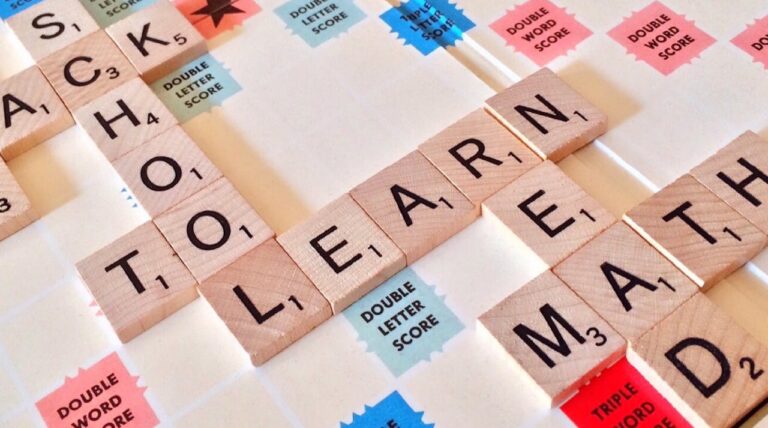NYC Gifted & Talented Test (NNAT + OLSAT)

What is the NYC Gifted & Talented Test and how can my child prepare for it?
The NYC Gifted & Talented Test is a two-part assessment used to identify young students for advanced academic programs in New York City public schools. It combines the NNAT (nonverbal pattern recognition) and the OLSAT (verbal reasoning) to evaluate a child’s learning potential. The test is designed for children entering kindergarten through third grade. On this page, you’ll learn how the test works, how it’s scored, what percentiles are needed for eligibility, and how to access free NNAT and OLSAT practice questions to help your child succeed.
NYC Gifted & Talented Test – NNAT & OLSAT Overview
The NYC Gifted & Talented (G&T) Program is designed for high-performing students in kindergarten through 3rd grade who demonstrate exceptional academic abilities. To identify eligible students, the NYC Department of Education uses a two-part assessment that combines the Naglieri Nonverbal Ability Test (NNAT) and the Otis-Lennon School Ability Test (OLSAT).
These tests evaluate both nonverbal reasoning and verbal comprehension, giving a balanced view of each child’s potential for advanced learning.
What Is on the NYC Gifted & Talented Test?
1. NNAT (Naglieri Nonverbal Ability Test)
The NNAT measures a child’s ability to reason and solve problems using visual and abstract patterns. It is nonverbal, meaning no reading or language skills are required—making it ideal for diverse learners.
Skills Tested:
Pattern completion
Visual-spatial reasoning
Logical thinking
Serial reasoning
Question Types:
Matrix design puzzles (what shape completes the pattern?)
2. OLSAT (Otis-Lennon School Ability Test)
The OLSAT evaluates verbal and auditory reasoning abilities. It involves listening to questions and choosing the correct picture that answers the prompt.
Skills Tested:
Verbal reasoning
Following directions
Language-based problem solving
Classifying, sequencing, and understanding analogies
Question Types:
“Which picture is different?”
“Which picture best completes the sentence?”
Free Practice for the NYC G&T Test
We offer free practice questions modeled after both the NNAT and OLSAT to help your child prepare effectively. These sample items will help students:
Get familiar with question types
Improve listening and reasoning skills
Build test-taking confidence
Try our interactive G&T practice quiz
NYC Gifted & Talented Scoring
The NYC G&T assessment uses a combined score from the NNAT and OLSAT:
Each test contributes 50% to the composite score.
Scores are percentile-ranked based on age.
A 90th percentile or higher is usually required to be eligible for G&T program consideration.
A 97th percentile or higher may be required for district-wide or citywide programs.
The final G&T eligibility score is a composite percentile, not a raw or IQ score.
How to Prepare for the Raven’s Progressive Matrices Test
Although the Raven’s Progressive Matrices Test is designed to assess natural reasoning ability, preparation can still make a big difference in performance—especially by helping children become comfortable with the format, reduce test anxiety, and improve visual problem-solving skills.
1. Practice Pattern Recognition
Raven’s questions are based on identifying patterns and completing visual sequences. Help your child:
Work on puzzle games, such as tangrams and shape sequences
Solve matrix puzzles with increasing levels of difficulty
Practice spotting visual changes in size, rotation, color, and direction
Our website offers free Raven’s-style sample questions to support this type of preparation.
2. Build Visual-Spatial Skills
Encourage activities that strengthen spatial awareness:
Drawing and replicating patterns
Completing jigsaw puzzles
Playing with building blocks (e.g., LEGO)
Navigating mazes and visual brainteasers
These activities help children better interpret spatial relationships—a key part of Raven’s success.
3. Encourage Logical Thinking
Support your child’s logic and reasoning with:
Logic riddles or games like Sudoku
Spot-the-difference games
“What comes next?” sequence questions
Categorization and classification games
This helps develop flexible thinking, essential for solving abstract matrices.
4. Take Practice Tests
Taking practice Raven’s Progressive Matrices questions helps children:
Understand question format
Improve timing and pacing
Feel confident going into the real assessment
Try our free practice section to simulate test-like conditions in a stress-free way.
Raven’s Progressive Matrices – Frequently Asked Questions (FAQ)
The Raven’s Progressive Matrices Test is a nonverbal intelligence test that measures a child’s ability to recognize patterns, reason logically, and solve abstract visual problems. It is commonly used for identifying gifted students and evaluating general cognitive ability.
The test can be used with children and adults starting from age 5 and up. Specific versions are tailored to different age groups, including preschoolers, school-age children, and older students or adults.
It measures fluid intelligence, or the ability to solve new problems without relying on language or learned knowledge. The test focuses on visual reasoning, pattern recognition, and abstract problem-solving.
Yes. Many gifted and talented programs use the Raven’s test, especially the CPM (Colored Progressive Matrices) and SPM (Standard Progressive Matrices), as part of their screening and qualification process.
Some versions are timed, especially in school or research settings, but others—particularly for younger children—may be untimed to reduce pressure and better assess ability.
Scores in the 95th percentile or above are typically considered strong indicators of giftedness. These scores mean the child performed better than 95% of peers in the same age group.
Preparation should focus on pattern recognition, logic puzzles, and matrix-style practice questions. Use free Raven’s-style practice tests like those available on our website to build confidence and familiarity.






